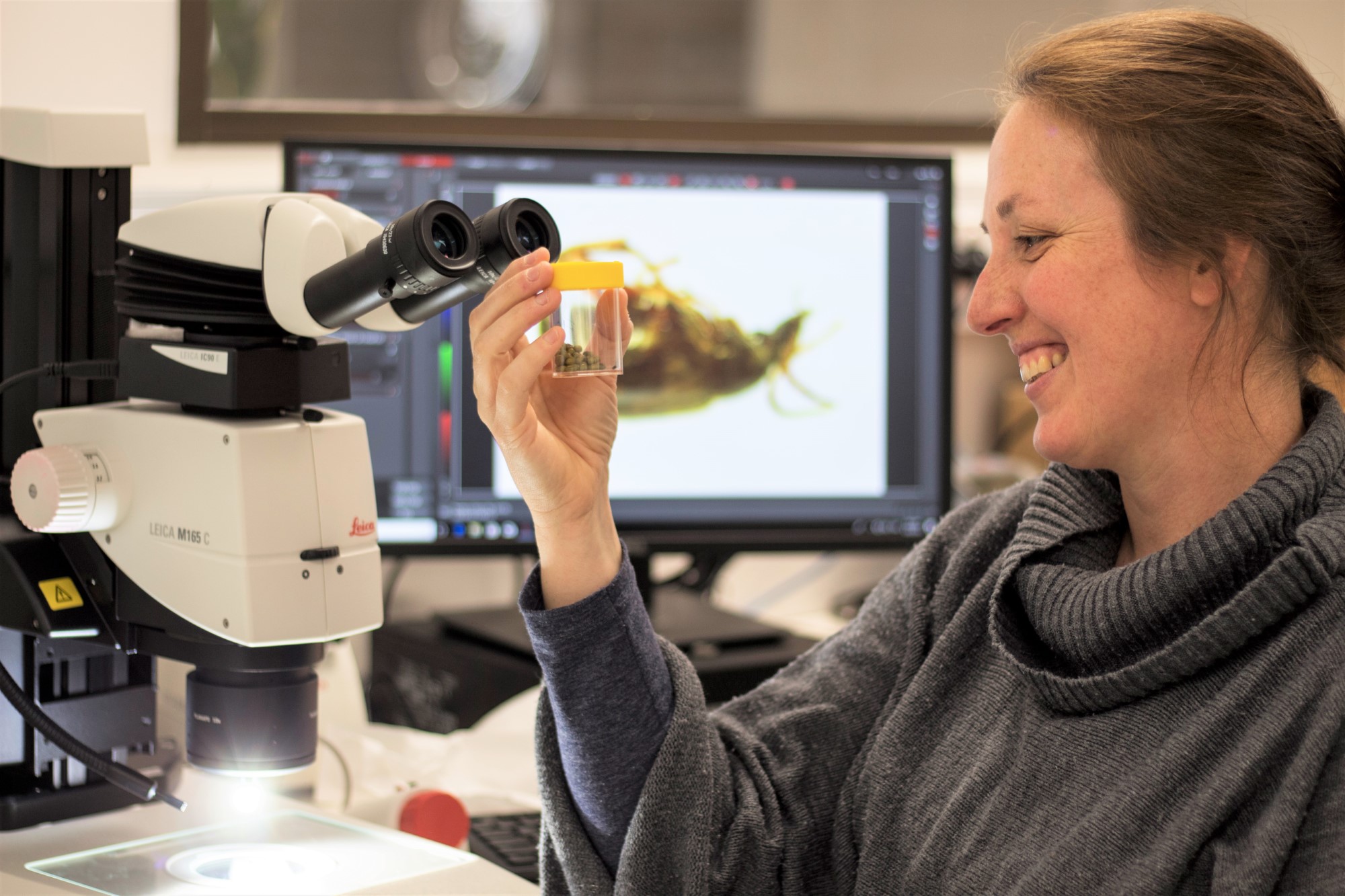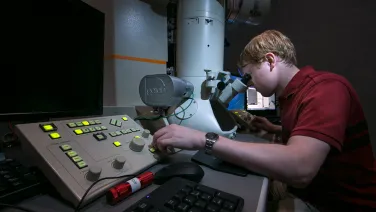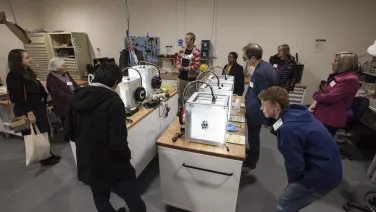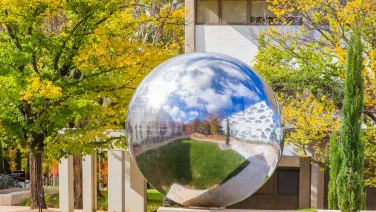
Biology
About
The ANU Research School of Biology is internationally recognised for its high-impact research in plant sciences, evolution, ecology, genetics, parasitology and biotechnology.
Researchers in the biological sciences at ANU work on issues of global importance, including food security in both Australia and the developing world, new treatments for cancer and type 2 diabetes, and fighting malaria drug resistance.
The School houses the ARC Centre of Excellence for Translational Photosynthesis and the ARC Centre of Excellence in Plant Energy Biology, as well as the ANU/CSIRO Centre for Biodiversity Analysis. It has state-of-the-art facilities for a wide range of research projects.
In 2015, the School’s Professor Graham Farquhar was awarded the Prime Minister’s Prize for Science.
Our academics are supported with significant facilities and infrastructure, such as plant growth facilities, green houses, animal housing and a pool of large equipment. The School has a Mass Spectrometry Facility for metabolomics and proteomics and together with CSIRO Plant Industry houses the High Resolution Plant Phenomics Centre of the Australian Plant Phenomics Facility.



















